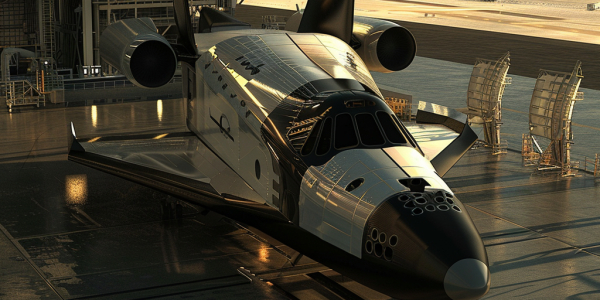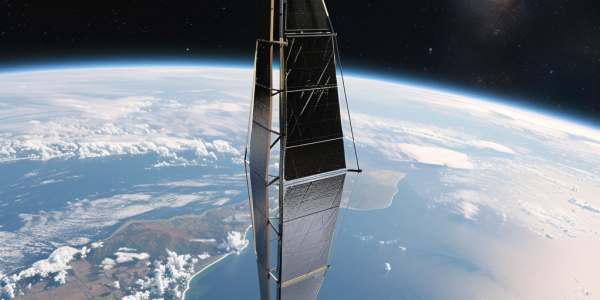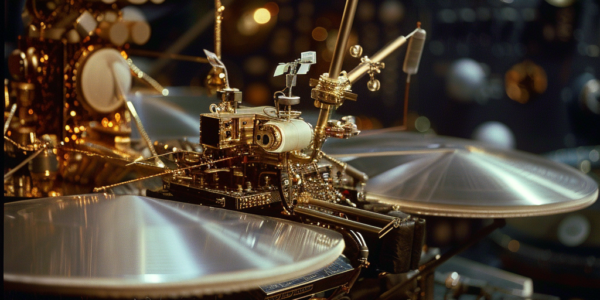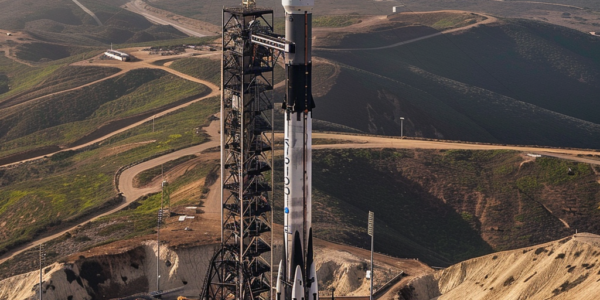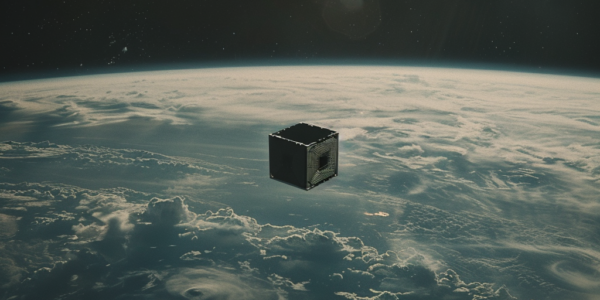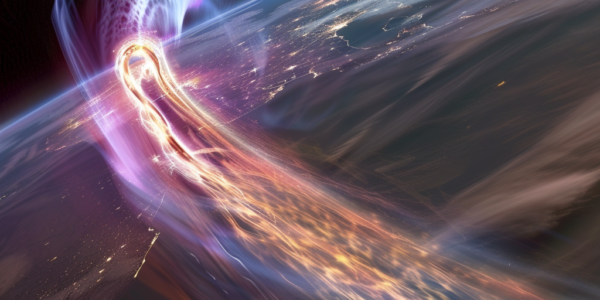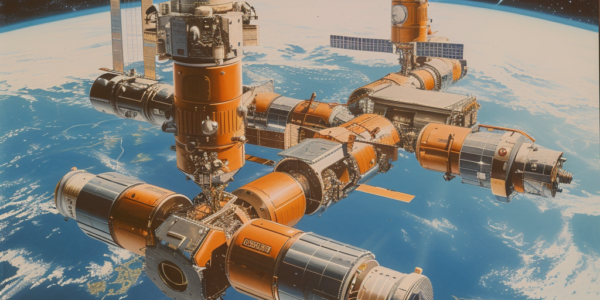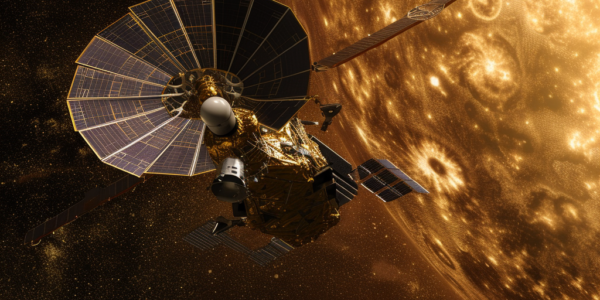Sierra Space’s Dream Chaser Spacecraft Prepares for Debut Mission
Sierra Space’s futuristic Dream Chaser spacecraft, reminiscent of ‘Star Wars,’ is set to launch in September, aiming to test cargo capabilities before carrying human astronauts. With a unique design allowing for runway landings, the spacecraft represents a major advancement in private spaceflight. Stay tuned as Dream Chaser prepares for its inaugural mission, symbolizing a new era in space exploration.
NASA Launches Solar Sail Test to Revolutionize Space Travel
NASA’s latest test of solar sail propulsion technology, the Advanced Composite Solar Sail System (ACS3), aims to revolutionize space travel. With a reflective polymer sail and carbon fiber composite boom, the ACS3 addresses previous issues with metal booms warping in space. Solar sail-powered spacecraft offer advantages like indefinite travel and remarkable speeds, though challenges like reduced effectiveness at greater distances from the sun exist. Despite drawbacks, the potential for cost-effective planetary missions using solar sails is promising, with projects like the Berkeley Low-cost Interplanetary Solar Sail (BLISS) envisioning fleets of solar sail-powered probes exploring near-Earth asteroids and comets.
NASA Engineers Discover Cause of Communication Breakdown with Voyager 1
NASA engineers have discovered the cause of the communication breakdown with Voyager 1 – a small portion of corrupted memory in the spacecraft’s computer. This glitch caused unreadable data to be sent back to Earth, hindering the probe’s ability to communicate with mission control. The team is working on a fix to restore Voyager 1’s ability to send meaningful data back to Earth.
NASA Reports Serious Issue with Voyager 1, Farthest Man-Made Object in Space
NASA reported that Voyager 1, the farthest man-made object in space, has encountered a serious issue, leading to the loss of its ability to send engineering and science data back to Earth. The recent malfunction in Voyager 1’s computer system has raised concerns at NASA, posing a significant challenge for the continuation of the mission. If the issue persists, it could mark the end of an era for Voyager 1, signifying the conclusion of an extraordinary journey that has contributed immensely to scientific knowledge and inspired countless individuals to explore the cosmos.
SpaceX to Launch Transporter-10 on March 4, 2024
The upcoming launch of Transporter-10 by SpaceX on March 4, 2024, aims to send a diverse range of spacecraft into orbit as part of the Smallsat Rideshare Program. The Falcon 9 Block 5 rocket will have a payload mass of approximately 5,000 kg and will be targeting a circular ~515 km Sun-synchronous orbit (SSO) at ~97.45 degrees inclination. Transporter-10 is a part of SpaceX’s Smallsat Rideshare Program, designed to meet the demands of the New Space market and showcase the company’s commitment to facilitating access to space for a wide range of clients.
Contact Lost with Spacecraft Carrying Experimental Quantum Drive
Contact was lost with a satellite carrying an experimental quantum drive, leaving the test uninitiated and sparking skepticism about the controversial propellantless propulsion system. Despite the setback, the company behind the quantum drive plans to conduct further orbital tests, claiming improvements to the technology.
SpaceX Testing Groundbreaking System to Tackle Communication Blackout During Spacecraft Re-Entry
SpaceX is set to trial a groundbreaking system using Starlink satellites to revolutionize re-entry communications for spacecraft. The innovative approach aims to address the persistent challenge of communication blackout caused by the plasma sheath during re-entry, potentially ensuring continuous connectivity for astronauts and mission control.
US Space Force to Establish Orbital Filling Stations for Satellite Refueling
The US Space Force is looking to establish orbital filling stations for its satellites, aiming to extend their mission life by refueling them in orbit. Northrop Grumman’s Passive Refueling Module (PRM) has been selected by the Space Force as the preferred model to set the standard for refueling satellites in orbit within the Space Systems Command (SSC). Satellites, with their high construction and launch costs, require propellant to function. Despite efforts to maximize their lifespan, the need for propellant remains a limiting factor. Many satellites require propellant to maintain their orientation, adjust orbits, and ensure operational efficiency. As a result, after a few years, satellites can become obsolete due to fuel depletion, despite being in good condition. To address this issue, companies like Northrop Grumman have been developing in-orbit servicing modules. These robotic spacecraft can dock with satellites running low on fuel, providing them with supplemental propulsion, new power sources, and even conducting minor repairs. The Space Force is particularly interested in this technology, as military satellites require frequent orbital shifts for various operational needs, making propulsion a critical asset. Refueling satellites in orbit presents challenges, requiring standardization to ensure compatibility between servicing modules and visiting satellites. This need for standardization has been a longstanding issue in space exploration, dating back to the Apollo Soyuz mission in 1975, which required a common docking mechanism for US and USSR spacecraft. The development of orbital filling stations and standardized refueling technology holds promise for extending the operational lifespan of satellites, offering a cost-effective solution for maintaining and enhancing satellite capabilities in orbit.
NASA’s Lucy Spacecraft Gears Up for Deep Space Exploration of Trojan Asteroids
The NASA spacecraft Lucy is embarking on an exciting journey to explore the distant realms of the Trojan asteroids. Fresh off its first asteroid encounter, Lucy is now gearing up for the next phase of its mission, transitioning from its…

